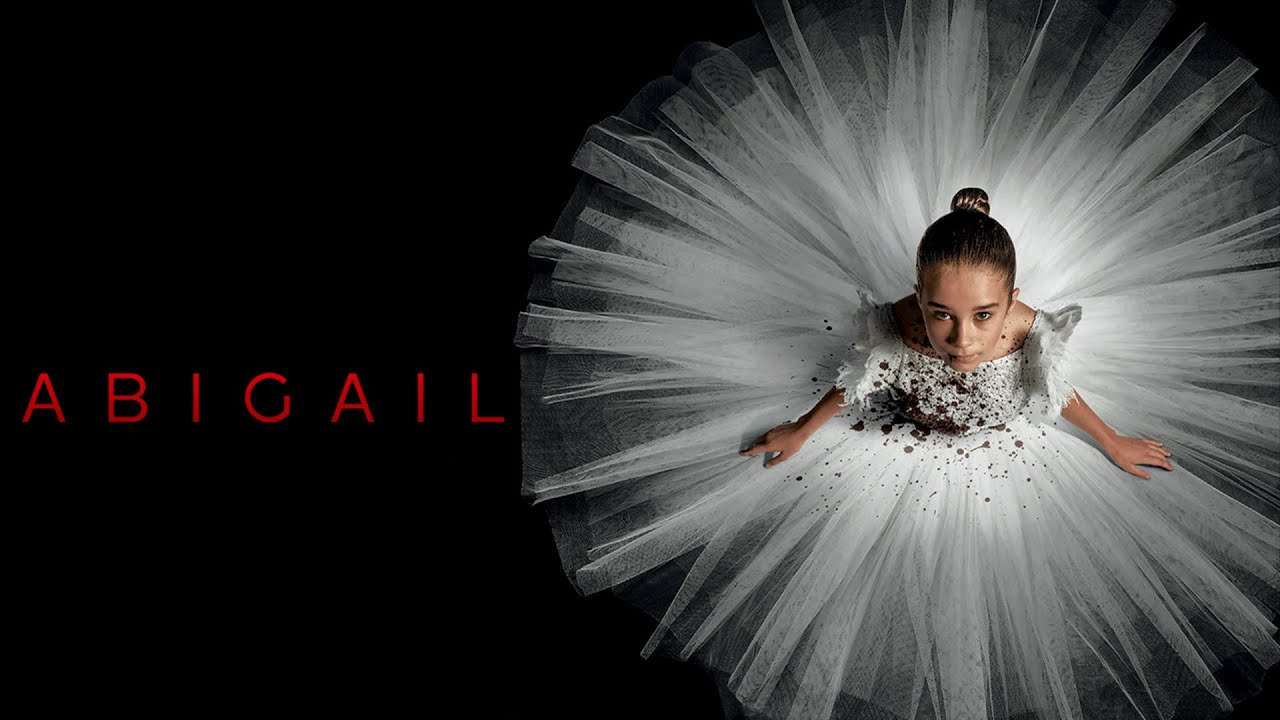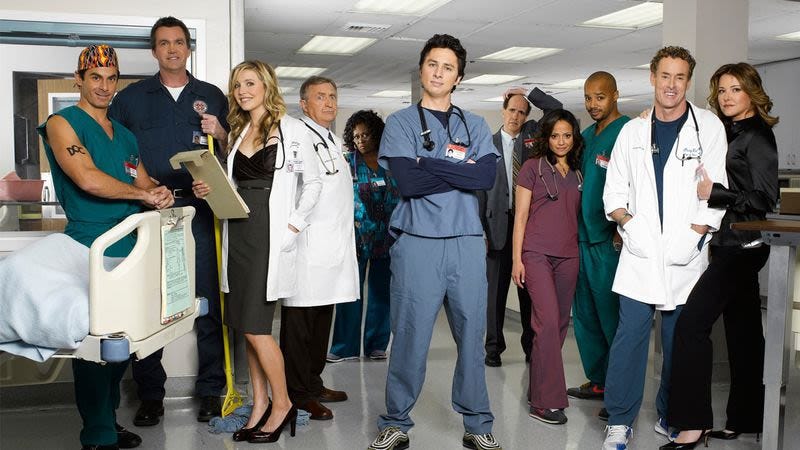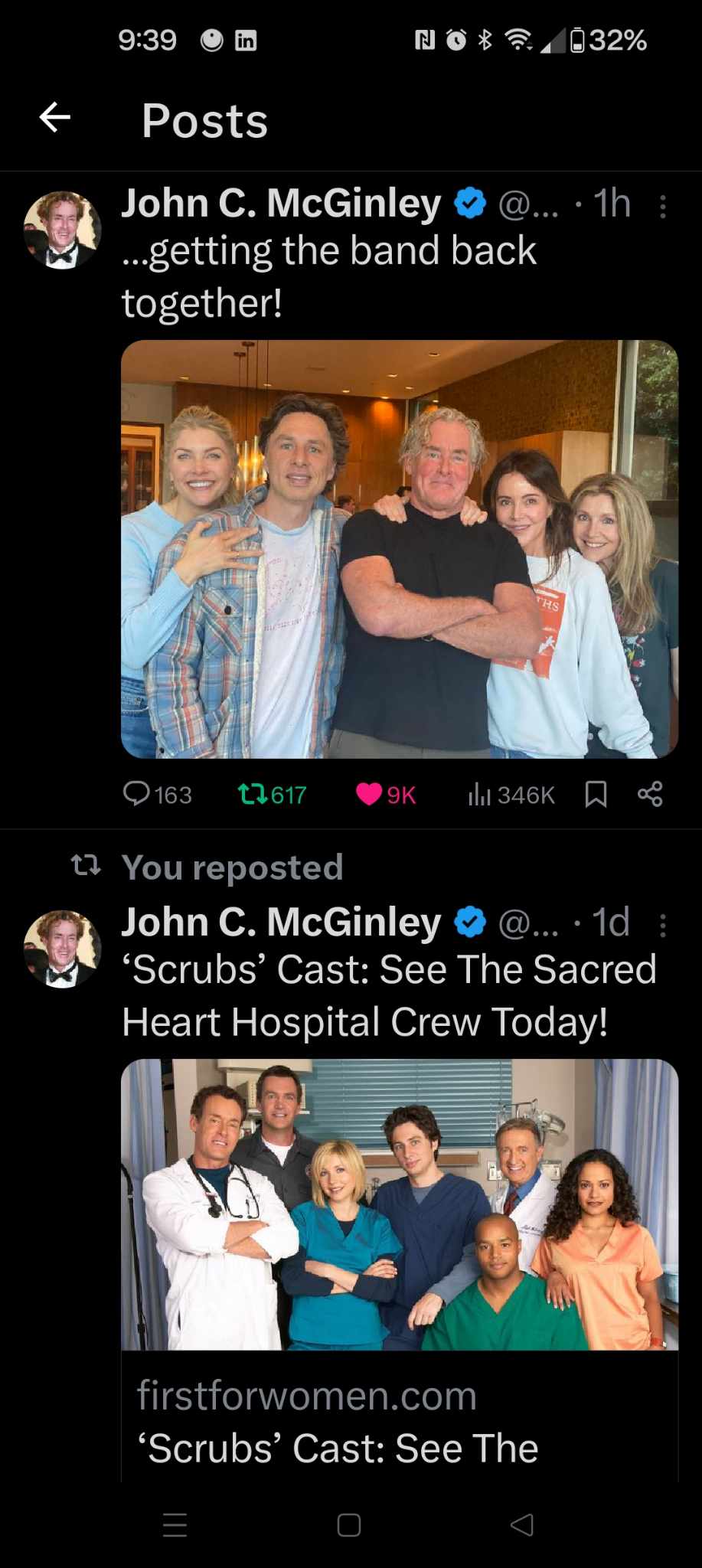In an America generations removed from the greatest civil rights struggles of the 1960s, the young mayor of a mid-sized American city is faced with a federal court order that says he must build a small number of low-income housing units in the white neighborhoods of his town. His attempt to do so tears the entire city apart, paralyzes the municipal government and, ultimately, destroys the mayor and his political future.
From David Simon (HBO’s “Treme” and “The Wire”) and Paul Haggis (“Crash”), the HBO Miniseries presentation SHOW ME A HERO debuts its first two parts back-to-back SUNDAY, AUG. 16 (8:00-10:00 p.m. ET/PT), followed by two parts on both of the subsequent Sundays – Aug. 23 and 30 – at the same time. In addition to Simon and Haggis (who directs all six parts), the miniseries is executive produced by Nina K. Noble, Gail Mutrux and William F. Zorzi.
Based on the nonfiction book of the same name by Lisa Belkin, the miniseries explores notions of home, race and community through the lives of elected officials, bureaucrats, activists and ordinary citizens in Yonkers, NY.
Q: When did you become aware of Lisa Belkin’s book? What initially struck you about it, and when did you see the potential for adapting it for the screen?
DAVID SIMON: The book was actually forwarded to me by Gail Mutrux, whose judgment about such things I am obliged to take very seriously: She was the producer, working with Barry Levinson, who found a book that I wrote called “Homicide” in 1991 and sparked its transformation into the NBC television show. So when Gail recommends a book, I do listen.
I thought “Show Me a Hero” offered a perfect storm of a narrative about our enduring racial and class pathologies and the not-in-my-back-yard, don’t-tread-on-me sensibilities of modern libertarian and neoliberal politics. This is the grievous state of the American political dialectic, in which the only two operant currencies seem to be greed and fear.
I showed the book to my longtime newspaper colleague, Bill Zorzi, who was then an editor on the metro desk of the Baltimore Sun and asked him what he thought. As a veteran political reporter, Zorzi astutely realized that in the story of what happened to Yonkers, and in the powerful narrative arc of Nick Wasicsko, we had a story in which we could precisely depict how government actually works in America. Or doesn’t.
So we were sold.
Q: The events of SHOW ME A HERO seem less like history from a quarter-century ago, and more like a variation on current situations. Do you agree? Do you see any hints in the story of ways to avoid the “Groundhog Day”-like replay of such conflicts in the future?
DS: The American obsession with race and class – and the political uses of greed and fear – is still very much our national paradigm. We are getting better, slowly and inexorably, generation by generation. But there is much work still to be done to reconcile many Americans to the idea of a desegregated society, to power-sharing, to the very idea that all of us must share in the same national future. It’s going to be going on for a good long while, but integration itself – and the inevitable emergence of a stronger black and Latino middle class – is going to change more and more minds, particularly among younger Americans who come to the debate with less baggage.
We are growing up, but when it comes to issues of race and class, we are still fighting through our adolescence. Considering the point of origin for the American struggle with race – slavery and Jim Crow – I find it remarkable and substantial that an African-American president was inaugurated in my lifetime, or for that matter, that I am finally seeing the Confederate battle flag lowered in places like South Carolina. But it’s been a long journey, and exhausting, and there is so much farther to travel.
Yonkers didn’t just happen there – it’s been the dynamic in Baltimore, in Chicago, in Dallas and everywhere that society is asked to deal with housing and school enrollment patterns that purposely segregated communities. The Obama administration’s recent efforts to address this in its new housing regulations have again shaken the hornet’s nest. This war will not be won with any singular victories. It’s attritive. Sadly.
Q: Although many characters figure in SHOW ME A HERO, do you see this first of all as Nick Wasicsko’s story? Could he be viewed as a tragic hero, albeit one who is initially reluctant to do the right thing?
DS: Like most heroes – and most villains – Nick Wasicsko was not wholly one thing or the other. He had his flaws and he was blind to certain realities. But when push came to shove, he believed in the rule of law and he came to understand that he had a responsibility to lead his city under the rule of law, and more than that, he came to realize that the housing consent decree was offering some of his most vulnerable constituents a chance at a better life. He is, to that extent, quite heroic. And yes, our six-hour narrative is structured around Mr. Wasickso’s journey. After all, the fights over the remaining phases of the housing and school desegregation orders in Yonkers went on long after our story concludes in 1994. The entire case wasn’t settled until 2007.
Q: Your projects for HBO have always been marked by a strong team of collaborators. Here, two stand out.
You’ve worked with William Zorzi for a long time. What is the writing process like for the two of you, since you obviously know each other well? What were the biggest challenges in adapting the book?
DS: Bill is one of the most conscientious, deliberate and thorough reporters I’ve ever known or worked with. He took Lisa Belkin’s worthy book as a jumping-off point and immersed himself in the world of Yonkers for more than a decade before production began on this miniseries. He knew all of the surviving characters in the story, including many who he met and interviewed in detail who are no longer with us today. And he has been rigorous about trying to pull as much of the story as possible through the keyhole of six hours. In that sense, he has been the creative flame here, script-wise, and I have had the benefit of beginning with enough material for ten or twelve hours.
My job has been to tighten and reshape some of the story arcs so that they fit within the time we have, and to prioritize the material and find shorthand ways of explaining, or at least acknowledging, complex political realities and nuances. For me, it’s been tricky. For Bill, it’s a little bit of torture to see how much fits and how much doesn’t, how much of the complicated politics and history of what happened in Yonkers can be referenced, and how much must be glanced at or omitted. We did our best and, look, we’ve known each other and worked with each other for 30 years now. We trust each other as a team, although that doesn’t mean we didn’t argue, or that Bill didn’t worry the details, or that I could let the narrative wander too far into tall grass.
And then I would be remiss if I didn’t credit good notes from Gail Mutrux and Nina Noble, who absorbed the scripts in their various draft forms and assessed the work with fresh eyes, arguing us out of redundancies or urging us to think more deeply about some of the arcs. Gail was unwilling to lose the power of the book that she discovered so many years ago, and Nina wanted to be sure that what we were trying to say could be conveyed as drama, rather than simply as political discourse. They imposed essential values on the process.
Q: Paul Haggis is a new creative collaborator for you. How did he get involved? His film “Crash” in some ways paralleled your work in the use of multiple story lines and a wide variety of characters. Did that suggest he was a kindred spirit to you?
DS: I was looking for a director who had a strong visual sense, who understood the parameters not simply of feature films, but of hour drama – and Paul has done both – and who had a political temperament that could believe in a story that had very little sex, or gunplay, or broad humor. This work can’t be honest and rely on any of the currencies that seem to work so handily in television. I needed a director to believe that it was a worthy and necessary journey to examine politics as it is practiced on the municipal level, and race as it plays out on the street level, and class as perhaps the most divisive and misunderstood force in American life.
Paul Haggis has been grappling with such things admirably, not only in his filmmaking, but in his personal priorities. His commitment to the relief efforts in Haiti spoke to me especially and seemed to me allegorical for someone who accepts a personal share in the responsibility to leave this world better than he found it. And that mattered to me because that is what Yonkers is about, and why the story is worth the telling.
This is about a coming reckoning in the American future: Are we a society, or is it every man for himself? Do we all share in the same collective national narrative, or are there separate stories for those at the margins? And practically, Paul shoots a bit more poetically and elegantly than I am used to, and I write a more quotidian and low-to-the-ground script than he might. The collaboration was good in that he pushed me to allow some better measure of honest emotion into what could have been a dry political narrative, and maybe I pushed him to tolerate some dialogue that wasn’t clean or rounded, that was a bit in the gutter but still glancing up at the stars every now and again, to misquote Oscar Wilde. Our differences fostered good debate, and ultimately, some compromises that I think served the work very well.
Q: Did you envision Oscar Isaac, Catherine Keener, Alfred Molina and the others in their roles as you were writing the scripts, or did casting the parts come later?
DS: All of it came after the scripts were largely in their final or near-final drafts. You have to remember that this project has been in development at HBO for 15 years. Why the delay? Well, Gail came to me with the book right after “The Corner” had aired as a plausible follow-up to that miniseries, but shortly thereafter, “The Wire” got picked up. Six years later, I was ready to resume the script work on SHOW ME A HERO, but HBO came to me in that moment with Evan Wright’s book “Generation Kill,” which had a hard time-peg of the Iraq War. It needed to get made as close to the depicted events as possible, before the story went stale and so, “Hero” was bumped behind that miniseries. Then, Katrina happened and “Treme” was similarly tied to the ongoing history of New Orleans and its recovery, and so “Hero” waited for that narrative to conclude.
But here’s the thing that Kary Antholis, who runs the miniseries division at HBO and who is extremely astute about both story and political reality, understands fully: The American racial dynamic wasn’t going to go away, and what happened in Yonkers, as a political and social allegory, remained pretty damn timeless. When we came back to SHOW ME A HERO, we would still be landing it on a country that would still be traveling the same hard road. Recent events in Ferguson, in Baltimore, in Charleston make this all too clear.
That said, we pulled an incredible cast. And god love them all for committing to an ensemble drama in which, to overuse a phrase with which I am somewhat associated, all the pieces matter. Oscar Isaac is ascendant right now as an actor and he has his choice of scripts and projects. That he saw the value and importance of telling Nick Wasicsko’s story to present-day America is just so damn admirable to me.
And the rest of the cast is just rock solid. Alfred Molina, Catherine Keener, Winona Ryder, LaTanya Richardson, Bob Balaban, Peter Riegert – too many to name and in fact by naming them and not others, I’m doing more of a disservice than anything. Everywhere we pointed the camera, we caught committed actors bringing this entire world to life. And again, they could have done other things, flashier things. But for me, who always feels ill at ease in the entertainment industry, this is why I get up in the morning, imagining something that isn’t merely an entertainment, but is instead a chance to dramatize the actual fault lines in our society and do so on a scale that is careful and plausible and human. I think the same ambition appealed to a lot of our actors and I’m incredibly grateful for it.

Movie
‘Abigail’: Bite Me Harder Tiny Dancer

A gang of misfit kidnappers find their tiny target far more bloodthirsty than they bargained for!
So, unfortunately, the trailers gave it away and let’s be real that’s why most of us are here, the knowledge that the kidnap victim Abigail (Alisha Weir), codenamed by the would-be kidnappers appropriately as ‘tiny dancer’, is in fact, a vampire. Not a spoiler, point of fact, one of the film’s actual great selling points. And the reactions from the misfit club when faced with a real actual f*cking vampire, range hilariously from the blunt “no such thing as vampires” all the way to, “Are we talking True Blood or Twilight rules or what?” all while covered in buckets and buckets of blood.
Anyway, the gang manages to subdue and abscond with the aforementioned Abigail, in a pre-prepared duffle bag, like you do, and converge to a new location, a house oddly similar to the one she was just taken from. Welcomed and given codenames by a man who introduces himself as Lambert (Giancarlo Esposito), our misfit club is told to simply hold down the fort in this strange old house with the girl chained up in a room and one person to attend her, for twenty-four hours, and they’ll all get paid.
As inevitable as the tides, the dopey druggie Dean (Angus Cloud) is the first to die, and we’re going to give that death-style points for inspiring terror right off the bat. The very controlling Frank (Dan Stevens, holy crap yes that is the guy from FXs Legion) is also of course the most suspicious – of everyone around him, sure, but also he himself is totes sus. We don’t learn terribly much about the musclebound tank who gets dubbed Peter (Kevin Durand), he’s your pretty typical little-brains-heart-of-gold muscle-for-hire any proper gang needs, right down to the bottle problem. Sammy (Kathryn Newton), well, even for being a purported hacker-type, she has, like, reality issues. Rickles (William Catlett), he’s arguably the most dangerous among them, ex-military and yet somehow here and involved in kidnapping for a few mills. Joey (Melissa Barrera) is our Final Girl, and though she has the inevitable problems in her recent past, she seems more capable of doing the hard thing and still somehow empathizing at the end of the day. Must be her burning desire to get back with her son.
The fit hits the shan pretty quickly, and Abigail morphs from tiny dancer to tiny monster, though honestly, the way Abigail spoke the entire time in the film, if the ‘nappers had been paying close enough attention, would have been a solid clue. The performance from Alisha Weir as Abigail is incredible, as she literally dances a fine line between comedy, tragedy, and outright monstrosity. With a face full of makeup and the force of a tiny tornado to back it up, Weir brings to mind the great performances of the vampires in 30 Days of Night who saw the practicality in the need to trap their food, but also, play with it a bit first before feasting! Anything else would give away the absolute fun time that is Abigail, so you should go see it, out in theaters now!
TV
Scrubs Reunion: The Band Gets Back Together

Fans of the beloved medical comedy series Scrubs were recently treated to a thrilling surprise when John C. McGinley, who portrayed the iconic Dr. Perry Cox, dropped a photo on Twitter hinting at a potential reunion project. The image, showing McGinley alongside his former co-stars, sparked a wave of excitement and speculation among fans who have been longing for more adventures with the beloved Sacred Heart Hospital staff.
While details about the reunion project are still scarce, the mere possibility of seeing the gang back together again has sent waves of nostalgia through fans who fondly remember the show’s original run from 2001 to 2010. Scrubs was not just a sitcom; it was a heartfelt exploration of friendship, love, and the chaotic world of medicine, all wrapped up in a quirky and often hilarious package.

At the heart of the show was the bromance between JD (played by Zach Braff) and Turk (played by Donald Faison), whose antics and deep bond served as the emotional anchor for the series. Their dynamic, along with the sage wisdom (and relentless sarcasm) of Dr. Cox, provided viewers with memorable moments that have stood the test of time.
As we eagerly await more news about the Scrubs reunion project, one thing is for sure: it’s time to dust off those old DVDs, rewatch our favorite episodes, and get ready to welcome back our favorite gang of doctors, nurses, and janitors for what promises to be a memorable reunion.
But Scrubs was more than just its main characters. The supporting cast, including the eccentric Janitor (played by Neil Flynn), the neurotic Elliot (played by Sarah Chalke), and the wise-cracking nurse Carla (played by Judy Reyes), each brought their own unique flavor to the show, creating a rich tapestry of characters that fans grew to love.
While the photo shared by McGinley has fueled speculation about what the reunion project might entail, whether it’s a one-off special, a new season, or something else entirely, one thing is certain: fans are eagerly awaiting any opportunity to dive back into the world of Sacred Heart Hospital.
In an age where reboots and revivals are commonplace, Scrubs stands out as a series that has the potential to recapture the magic that made it a fan favorite in the first place. With its blend of humor, heart, and unforgettable characters, a reunion project has the opportunity to not only satisfy longtime fans but also introduce a new generation to the joys of life at Sacred Heart.
Streaming
‘The Hunger Games: The Ballad of Songbirds and Snakes’: Rebellion with a cause

The story of the rise of Coriolanus Snow, from teenage Capital City pawn to rising Dictator of the Hunger Games!
Apparently no one out here in post-apocalyptic Panem has heard of irony and so they name their children things like Coriolanus (Tom Blyth), Tigress, and further off in Hunger Games lore, after swamp plants like Katniss. Corio’s father was a legendary general and that is pretty much the only reason young Snow and his meager family of grandmother called Grandma’am (Fionnula Flanagan) and sister Tigress (Hunter Schafer) are tolerated here in the Capital City at all.
Most of the snotty youngsters at the academy won’t let Snow forget how far his family has fallen, but he’s generally not concerned with them. What is concerning is the strong disapproval of the drugged-up Dean Casca Highbottom (Peter Dinklage) and the creepy attention of Dr. Volumnia Gaul (Viola Davis) as she lurks in the classroom sniffing out talent. The Dean feels very strongly the annual Hunger Games should end, while Gaul is violently adamant that not only do the Games continue, but that they get as much more attention as possible. And young Snow is stuck in the middle, when the yearly prize money normally awarded to the academy student with the best grades gets switched out for, you guessed it, the student that can make this years’ Hunger Games as entertaining as possible.
Whilst the students are protesting this sudden change, the annual Reaping is about to commence, and big shock and surprise, Corio’s candidate from District 12 Lucy Grey Baird (Rachel Zegler) is chosen as a Tribute. This is where the film begins to really take off on musical wings, for as it turns out, Lucy Grey can sing. Boy, can that gal sing! She can sing, she can play guitar, she can work a crowd, she can calm things down, she can fire ‘em up too! And Corio, being no dummy himself, instantly plots ways to use his Tributes amazing voice to draw attention to her, and admittedly his own, plight!
Though far too many people sneer at the idea, Corio takes his position as Mentor to his Tribute seriously enough to sneak onto the tram taking the Tributes to their habitat, which turns out to be a completely appropriate moniker, as this year the Tributes are held before the Hunger Games in a large zoo habitat so the weatherman ‘Lucky’ Flickerman (Jason Schwartzman), host of this years games, can MC the hell out of everything up close and personal!
What happens at this years Hunger Games and the subsequent consequences to both Corio and Lucy Grey is actually only half the story, and the movie. Coriolanus has always had to be opportunistic, but learning to be absolutely ruthless when necessary under the tutelage of Dr. Gaul, who basically thinks it’s always best to be merciless, is an eye-opening education indeed. Even after they’ve both been consigned to military service and his friend Sejanus Plinth (Josh Andres Rivera) decides to finally rebel, Corio and Sejanus continue to deceive each other and themselves, to accomplish their separate goals. Not even the love Corio swears he feels for Lucy Grey can save him, or them, from the adamant absolute necessity of the Hunger Games continuing. And after all that’s happened, Coriolanus Snow has gotten a terrific education in the best way to be the absolutely ruthless next Hunger Games advocate, and oh yeah, President of Panem.
The movie does itself no favors by trying to stuff not one but two major storylines and a bunch of side storylines sadly introduced and then ignored, into the film. It would have been entirely possible to turn Ballads of Songbirds and Snakes into two different movies, separated between feathers and scales if you like, and do justice to the major storylines in both. Blyth gives a fine performance as a young Coriolanus Snow, but the fact that President Snow is played by Donald Sutherland in all three of the Hunger Games films means Blyth has incredibly large shoes to fill. Rachel Zegler as Lucy Grey is absolute fire, and yes the actress did sing the songs in the film herself, including the Hunger Games franchise epic song, ‘The Hanging Tree’. Every time Lucy Grey opens her mouth and sheer soul-searing music comes out, it provides a distinct counterpoint to the soul-crushing ambition of Coriolanus Snow and further demonstrates the District and Caste separation Hunger Games is known for. And if, by the end of the film, Coriolanus Snow has come to agree that the Hunger Games must continue but perhaps under his own auspices, he has no one but himself to blame when another younger but still rebellious female blows it all up in his face!
Choose rebellion or conformity for yourself in The Hunger Games: The Ballad of Songbirds and Snakes!


